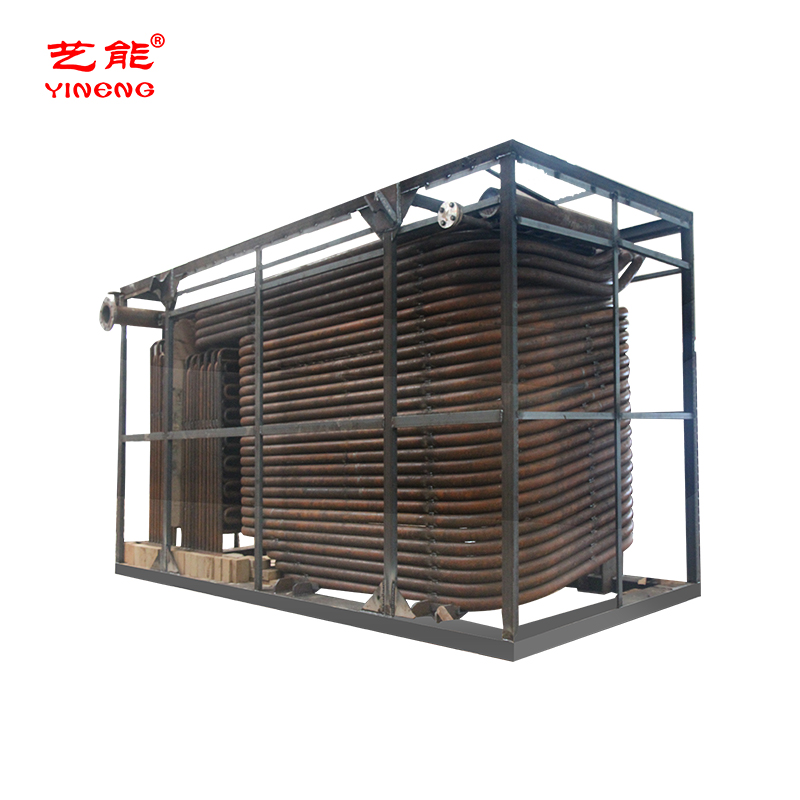Combined Steam and Hot Water Boiler Purchasing Guide for Efficient Heating Solutions
The Benefits of Combining Steam and Hot Water Boilers
In the realm of heating and energy solutions, the integration of steam and hot water boiler systems has gained significant attention. These systems offer a versatile approach for various industrial and residential applications, ensuring efficient energy use and reliable heating. This article explores the advantages of combining steam and hot water boilers, emphasizing their functionality, efficiency, and potential cost savings.
Understanding the Basics
Steam boilers function by heating water to produce steam, which can then be used for heating or driving turbines in power generation. Hot water boilers, on the other hand, heat water and distribute it for purposes such as space heating, sanitation, and industrial processes. By combining these two systems, facilities can maximize their heating effectiveness and cater to diverse operational needs.
Enhanced Energy Efficiency
One of the primary benefits of a combined steam and hot water boiler system is enhanced energy efficiency. These systems can be designed to switch seamlessly between steam and hot water, depending on the demand. For instance, during peak demand periods, the system can prioritize steam production, while during off-peak times, it can operate as a hot water boiler. This flexibility helps in optimizing fuel usage and reducing overall energy consumption.
Moreover, modern boilers are equipped with advanced controls and sensors that monitor temperature and pressure, allowing for precise adjustments and minimizing energy waste. This results in lower utility bills and a reduced carbon footprint, making these systems more environmentally friendly.
Versatility in Applications
buy combination steam and hot water boiler

The versatility of combined steam and hot water boiler systems makes them suitable for a wide range of applications. In industrial settings, they can simultaneously meet the needs for process steam and hot water, eliminating the necessity for multiple standalone systems. This not only simplifies the infrastructure but also enhances reliability.
In commercial settings, such as hospitals, hotels, and large buildings, this integration allows for efficient heating of spaces as well as the production of steam for sterilization or cooking. By having a single system that can adapt to various requirements, facilities can simplify maintenance and reduce operational complexity.
Cost Savings
Investing in a combination steam and hot water boiler can lead to significant cost savings over time. While the initial investment may be higher than that of separate systems, the long-term benefits outweigh the costs. These systems often qualify for energy efficiency incentives and rebates, which can help offset installation costs.
Furthermore, maintenance costs are generally lower with a combined system, as fewer units need to be serviced or replaced over time. With fewer components, the risk of breakdowns diminishes, leading to reduced downtime and more reliable service. The ability to switch between steam and hot water can also extend the lifespan of the system, providing additional savings.
Conclusion
In summary, the combination of steam and hot water boiler systems offers numerous advantages, including enhanced energy efficiency, versatility in applications, and potential cost savings. As industries and businesses increasingly prioritize sustainability and operational efficiency, these systems represent a smart investment in the future of heating technology. By opting for a combined system, facilities can not only achieve their heating needs more effectively but also contribute to a greener environment while enjoying greater reliability and financial prudence.
-
High-Efficiency OEM Steam Boilers w/GPT-4-TurboNewsAug.02,2025
-
Advanced Electric Steam Boiler Manufacturers | GPT-4 Turbo AINewsAug.01,2025
-
Custom Steam Boilers Manufacturer | AI-Enhanced EfficiencyNewsJul.31,2025
-
Top Electric Steam Boiler Makers | AI-OptimizedNewsJul.31,2025
-
Top Electric Steam Boiler Manufacturers - High Efficiency SolutionsNewsJul.30,2025
-
Top Electric Steam Boiler Manufacturers – Efficient Industrial SolutionsNewsJul.29,2025

